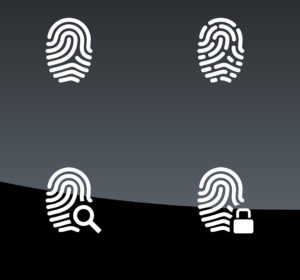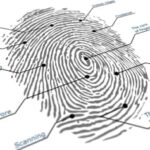The National Institute of Standards and Technology (NIST) has shared the results of a study that compares contactless fingerprint recognition solutions to traditional contact-based alternatives. The organization noted that COVID-19 has generated more interest in contactless technology, but stressed that the study itself was carried out before the outbreak of the disease.

In the study, the NIST examined contactless solutions from six different companies, all of which were commercially available as of May of 2019. The lineup included four smartphone-based mobile apps and two standalone devices. Those solutions were not identified, and were made available to the NIST through a Cooperative Research and Development Agreement (CRADA).
After completing its examination, the NIST found that contactless fingerprint scanners were not as accurate as contact-based scanners when asked to identify someone based on a single print. The contactless solutions were only 60 to 70 percent accurate, a figure that is considerably worse than the 99.5 percent accuracy of conventional scanners.
However, the gap was much smaller when contactless solutions were applied to multiple prints. One of the standalone devices was within a fraction of a percent of 99.5 percent accuracy, while one of the mobile apps achieved a 95 percent rate. The other four solutions hovered around 90 percent. Perhaps more importantly, all six of the solutions exhibited low false positive rates, which means they rarely matched a scan to someone else’s print.
“Our data suggest that multiple finger matching can substantially improve the accuracy of contactless fingerprint matching,” explained John Libert, one of the authors of the report.
The NIST also wanted to assess the interoperability of different kinds of fingerprint recognition. The organization warned that contact capture generates 2D prints, which are fundamentally different from the 3D images obtained with a contactless scanner. At the moment, there is no established standard for comparing a 3D scan to an image in a 2D database, which means the prints in those databases may not be compatible with the latest contactless scanners.
Speed and hygiene are considered to be two potential advantages of contactless technology.
–
May 22, 2020 – by Eric Weiss






Follow Us